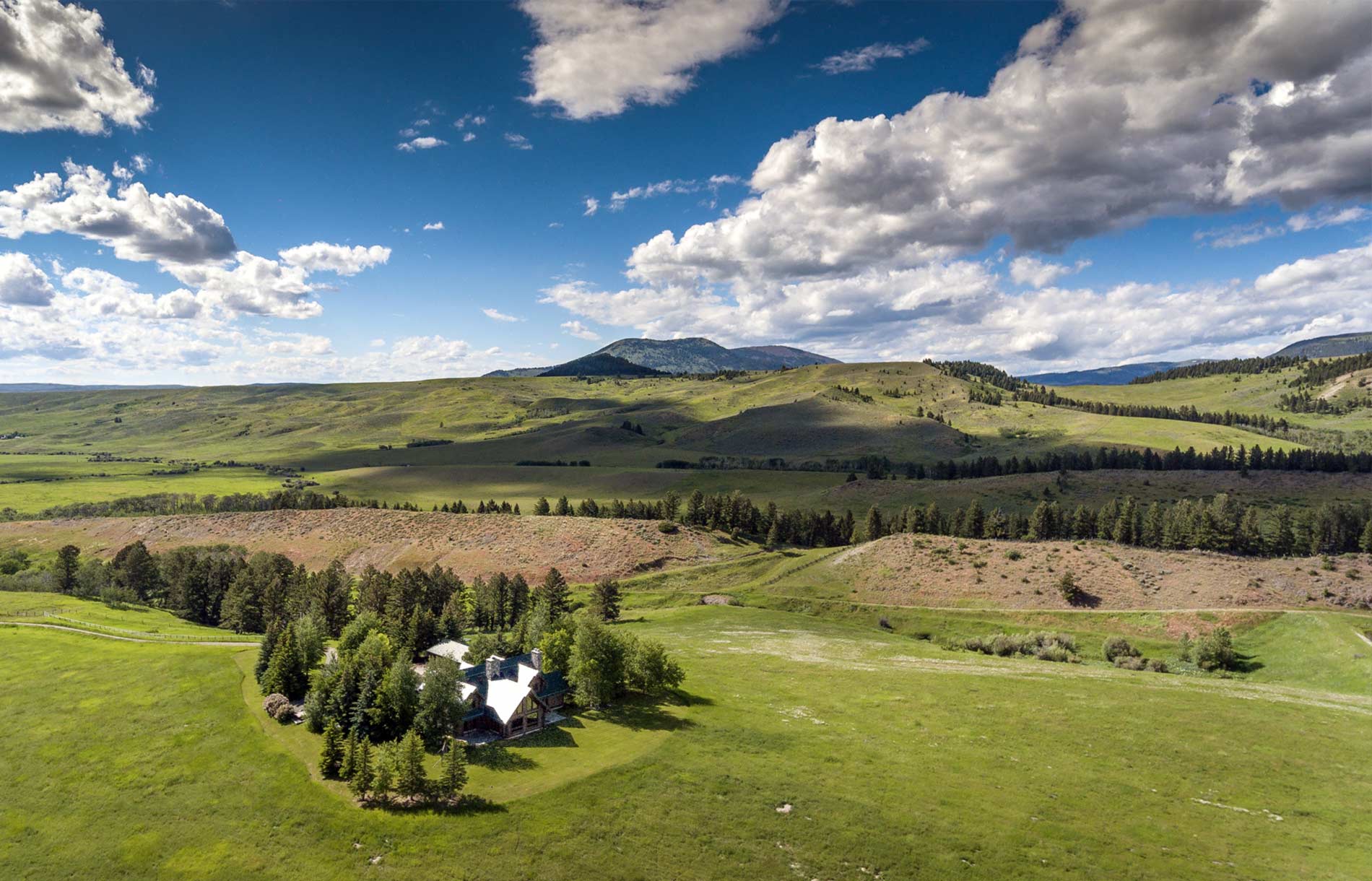A Guide to Helicopter Performance Factors
The performance of any helicopter primarily depends on several factors: the weight of the helicopter, the wind in the area and the density altitude. While the weight of the helicopter and the wind in the area are self-explanatory in terms of how it affects performance, what is meant by “density altitude,” and how does it affect performance?
Here’s some information from a helicopter company in Montana.
The concept of density altitude
Air density can have a significant effect on the helicopter’s performance. The greater the density of the air, the greater the rotor efficiency, engine power output and aerodynamic lift of the vehicle.
For these purposes, density altitude refers to the altitude above the mean sea level at which a given atmospheric density occurs in what’s known as the “standard atmosphere,” which is the atmosphere at 59 degrees Fahrenheit and a barometric pressure of 29.92 inches Hg. It can also be portrayed as pressure altitude, which is corrected for nonstandard differences in temperature. Pressure altitude gets displayed as the height above the “standard” data, a theoretical area in which the air pressure is exactly 29.92 inches Hg.
There are several factors that can influence density altitude. These include:
- Altitude: The greater the altitude, the less dense the air becomes. This is because there is less atmospheric pressure in any given volume of air, so the air molecules are farther apart. Denser air has molecules that are much closer together, compared to less dense air, which has fewer molecules spaced farther apart. Therefore, the greater the altitude, the greater the density altitude.
- Temperature: Changes in temperature can have a significant effect on density altitude as well. If warm air expands, the molecules start to move farther apart, which can result in less dense air. Cooler air contracts, which means there will be denser air, as the molecules move closer together. Therefore, if the air temperature is high, there can be a high density altitude even if the elevation is lower.
- Atmospheric pressure: Atmospheric pressure will fluctuate in a given location every day. Lower atmospheric pressure means less dense air, which in turn means a higher density altitude and a lower helicopter performance.
- Moisture: Moisture content in the air will also have an effect on the density of the air, because water vapor weighs less than dry air. This means a greater water content in the air will result in less air density, which increases density altitude and reduces the performance of a helicopter. Humidity is a measure of the amount of water vapor in the atmosphere, which means that when it’s more humid, you’re likely to have worse helicopter performance, especially if it’s a very warm humid day.
What does all this mean? Essentially, you can expect helicopters to perform their best in cooler, dry conditions at lower elevations and lower atmospheric pressures.
Rocky Mountain Rotors has been offering a variety of helicopter experiences and services for more than a decade. For more information about the factors that go into determining helicopter performance levels, contact our helicopter company in Montana today.
Categorised in: Helicopter Company

